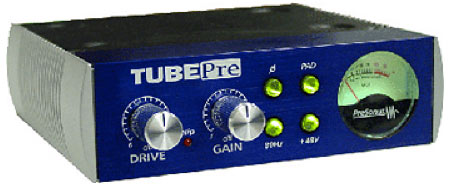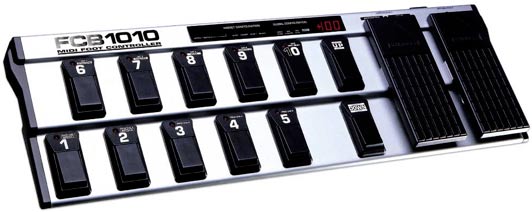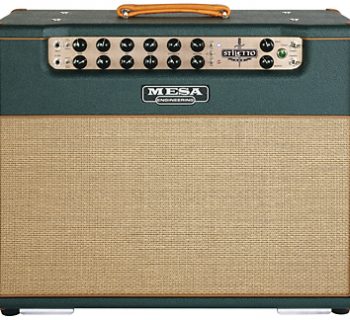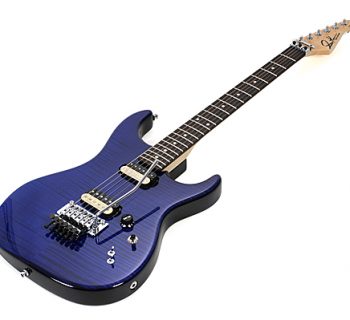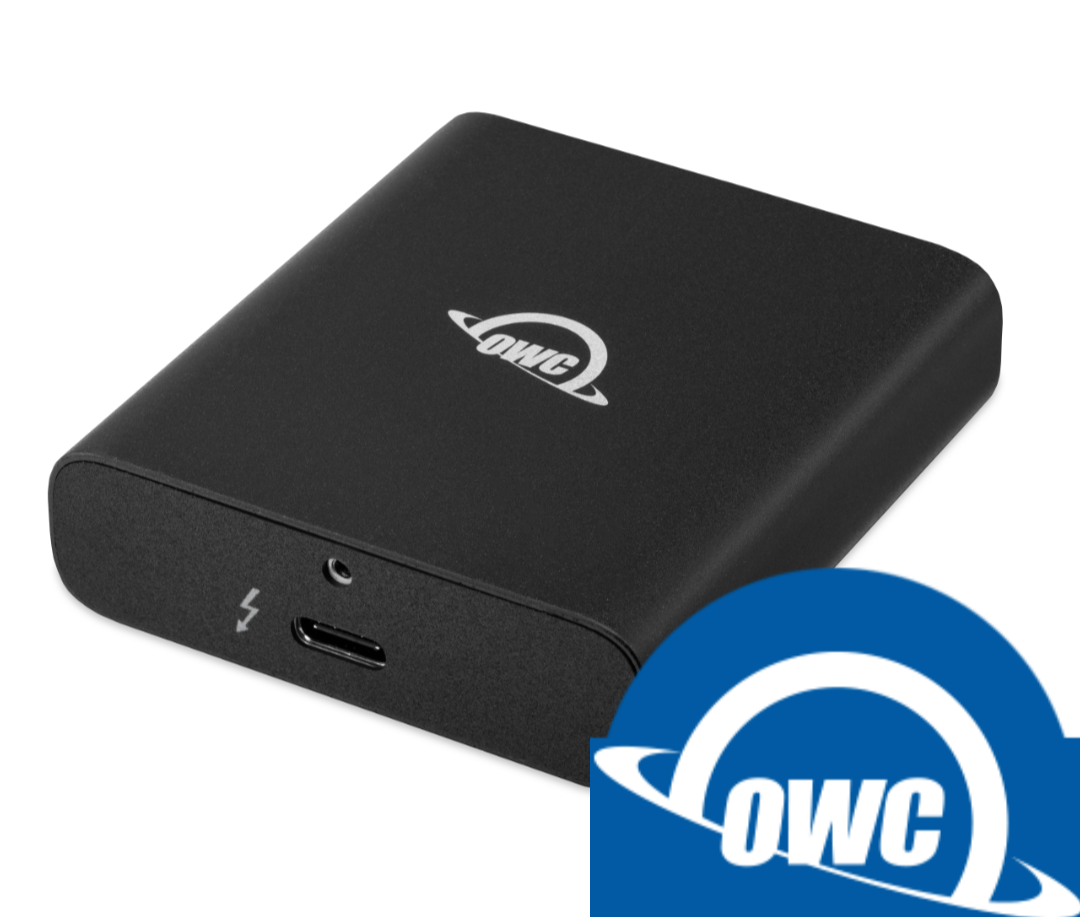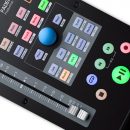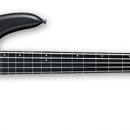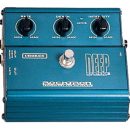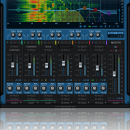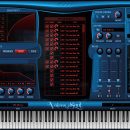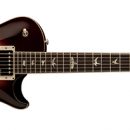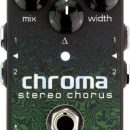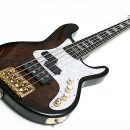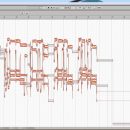If you have a Neve or SSL console in your studio, its onboard preamps are probably good enough for most of your recording needs. But if you’re working with more modest equipment in your home or project studio, you can improve the quality of your recorded sounds significantly by introducing a preamp before your mixer or digital audio recording interface. If that preamp should happen to include one or more vacuum tubes, you can imbue your tracks with newfound warmth and depth – especially your instrument tracks.
| Category | Value | Rating |
| Features | 20% | |
| Usability | 25% | |
| Sound | 25% | |
| Documentation & Support | 10% | |
| Price | 20% | |
| OVERALL RATING = 3.5 3.6 stars or better: Outstanding, WIHO Award 3 stars or better: Worth considering 2 stars or better: Suited to specific needs 1 star or less: Not recommended |
||
The PreSonus TUBEPre is a compact and easy-to-use, great sounding single-channel tube preamp. Given that you can buy it for around $99, if you are currently recording straight into your digital audio workstation or through a compact mixer, the TUBEPre can give your recordings a significant sonic upgrade at a ridiculously low price.
Features
The TUBEPre is a compact 1/3 rack space single-channel tube preamp. It can be stacked vertically on a desktop with other compact PreSonus products or you can screw it onto a rack shelf thanks to a screw thread available in the base of the unit. Standard half-rack space sizing with optional rack ears would have been preferable for our studio purposes but, given the compact size, we could see other uses for the TUBEPre such as throwing it in a gig bag and using it as a DI box for instruments.
Bass players could run their bass into a TUBEPre to add a little bit of warmth for recording. Additionally, if they played live through a solid-state rig, placing the TUBEPre in-line between the instrument cable and the input jack on the bass preamp could add a touch of tube warmth to the sound, though we didn’t have a chance to evaluate the preamp in this scenario.
The TUBEPre has both XLR and ¼” inputs and outputs (balanced and unbalanced, respectively), built-in +48V phantom power for your mics, a phase reversal switch, -20db pad, and an 80Hz filter to minimize some noise likely to exist in your home or project studio.
A back-lit VU meter monitors signal strength.
There are no controls for fine-tuning the bias of the tube preamp, but you generally need to spend well over $1,000 for that kind of control.
Usability
PreSonus products have historically been easy to use, and this preamp couldn’t be any easier to use (other than perhaps putting a few more words on the faceplate rather than forcing us to learn what the graphical icons represent).
It only took us a matter of minutes to hook up a pair of TUBEPres for use in a variety of recording situations with various instruments and vocals.
Sound
Studio engineers spend an appreciable amount of time exploring different combinations of preamps with different microphones to achieve results that yield a sound that appeals to them. Similarly, your results with the TUBEPre could be significantly different than ours based on your personal mic selection.
We used our TUBEPres on a few different types of audio tracks. We recorded stereo guitar tracks by placing two TUBEPres behind a pair of Shure SM-57 instrument mics (recording a stereo guitar source running through a Marshall 1960a cabinet wired in stereo), set the phase in reverse on one preamp, and then dialed in the Gain and Drive to taste.
The TUBEPres sounded great on our guitars. Adjusting the drive, we were able to add an additional hint of tube overdrive to our signal. Not too much, but just enough that the TUBEPres were really enhancing the warmth and depth of our Mesa/Boogie-delivered rock tones. On clean sounds and acoustic guitars, we didn’t apply as much drive, and the TUBEPres added warmth to our sound that was otherwise cold and flat when recorded straight into our Mackie mixer.
Next, we used a TUBEPre to record tambourine to accompany some drum tracks. We used the 80Hz rumble filter to remove some of our ambient room noise and were once again treated to recordings that sounded great.
For both the tambourine and subsequent vocal recordings, we used an Audio-Technica AT-4033SE condenser mic drawing phantom power from the TUBEPre.
On vocals, use of a tube preamp is not essential and, depending on the singer, may even be detrimental to the clarity of the vocal track. With a male tenor, we found that the TUBEPre added some depth to a vocal track that was otherwise a little bit thin, but on our lower-singing baritone/alta voice, the TUBEPre didn’t sound as good as recording straight through our mixer or directly into the preamps in our Digidesign 002r.
The TUBEPre was impressively clean sounding, introducing no appreciable noise unless the gain and drive were turned up significantly.
Documentation and Product Support
Presonus always does a great job with their documentation. The user’s manual not only describes the physical operation of the TUBEPre but also provides helpful tips and suggestions for product use.
Price
The TUBEPre (MSRP $129) typically sells for $99. We consider it an outstanding value – a piece of gear you can routinely turn to for numerous uses, the least of which is breathing some life into your otherwise sterile digital recordings.
Other Comments
If you need more than one preamp, consider the PreSonus BLUETUBE DP. For just under the price of two TUBEPres, you get two preamps in one box with all of the same features, plus the addition of solid-state preamps for additional sound options (in addition to the tube preamps). We have one of these in our studio, too, and like it even better than the TUBEPre (because of the additional preamps).

Contact Information
PreSonus
www.presonus.com
| Evaluation Short-List |
|

